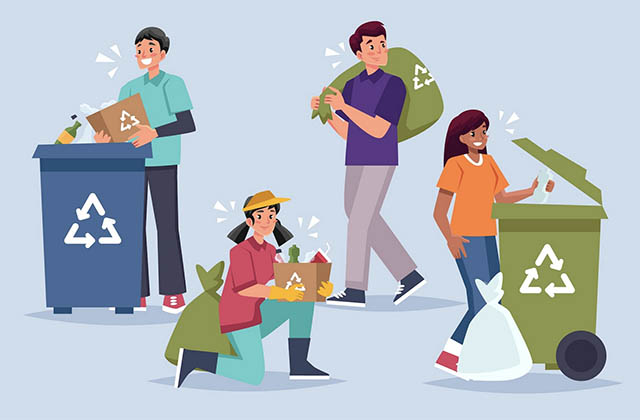Introduction
Content. Content. Content.
Content is the backbone of any good website, which means it’s also the backbone of search engine optimization (SEO). But what is content? And why should you care about it in your SEO efforts? You should really care like our SEO specialist Sydney they always care with quality work than quantity, they make sure that they build high quality backlinks for our website to rank faster.
I’ll get to that — but first, let’s talk about why it matters for another reason: creating content helps your business succeed! The more unique, high quality articles you have on your site, the better chance you have of attracting new readers and potential customers. The more people that visit your site and take action (whether they buy something or sign up for an email list), there’s more reason for Google to send them back again with future queries related to what they were searching for when they found your site initially (and then again once those visitors convert into buyers).
In short: if you’re not creating quality content regularly then you’re losing money every day! So let’s break down exactly what makes great copy so powerful…
Content is King
You might be thinking: “wait, I already knew that content is king.” But it’s more than just a metaphor. In fact, if you want to succeed with SEO, content should be your first priority.
Why? Because Google and other search engines use content as the primary indicator for their ranking algorithms. Content is the biggest signal of relevance for what people are searching for on the web; without it there would be no search engine optimization!
Content also drives more traffic than anything else in SEO because people share and link to valuable and relevant information. If you have great content on your website, people will naturally link back to it from their own sites—which increases your website’s visibility in SERPs (search engine results pages).
You are what you eat
You are what you eat, you are what you read, you are what you watch and listen to, and so on. Everything that enters your body is digested by the mind and changed into a part of it. The same goes for information: if I’m reading about how to grow tall or play guitar solos or hunt dragons with my bare hands (or any other topic), then my mind will absorb that information and turn it into some part of my personality.
The same thing happens when we consume content online; even if it’s just a quick article about someone else’s thoughts on cat videos (yes, this is an example). When we read those articles they become part of who we are — even if we don’t realize it at first — because they’ve been absorbed into our brains through our eyes as well as our minds.
The End of Keywords and the Beginning of Topics and Entities
It’s time to say goodbye to keywords. They’re still an important part of search engine optimization; however, they are not the only part. In fact, keywords have been in decline for years now and will continue to diminish in importance as Google moves from its traditional ranking algorithm (known as “PageRank”) toward a more sophisticated system that incorporates artificial intelligence.
The good news is that you don’t need to know how this new ranking system works or how it differs from PageRank because content marketing can help you outrank your competition without relying on keywords at all!
Sounds like a Sex Thing – It’s not, but it does involve *
- The first thing you have to understand about SEO is that there are many different kinds of sex.
- There’s the kind of sex you’re talking about, which might be called “sex-related terms.” These are words that have to do with sex, but aren’t necessarily related to it. Examples include: “dinosaur,” “principal,” and “genitalia.”
- Then there are the ones that don’t even cover the topic in any way: “ladybug,” “poodle” and “lamprey.” When we talk about them together, people sometimes refer to these as non-sex terms, but not everyone agrees on this terminology so we’ll just say they’re neither here nor there in terms of their relation to such topics as copulation.
Conclusion
In conclusion, content is the most important aspect of your site. It’s the foundation upon which you build all of your other marketing efforts and it should be treated as such. Your content is what will attract people to read more about what you have to say and, ultimately, it’s what will convert those readers into customers or clients.
Your audience wants quality information from experts in their fields—not just someone who knows how to write well enough so that no one notices their mistakes! That’s why hiring writers who know what they’re doing (like we do) can make all the difference when it comes to search engine optimization success.
We’ve shared some great tips for creating high-quality blog posts but remember: these are just guidelines; don’t allow yourself or anyone else on your team get too hung up on them! Focus instead on creating compelling, useful information that is relevant not only today but also next year…and even ten years from now!
The best thing you can do for your website is to create unique, useful, high-quality content.
The best thing you can do for your website is to create unique, useful, high-quality content.
When it comes to search engine optimization (SEO), this principle holds true. The more content you have on your site (and the better quality it is), the more likely it will be ranked well. More importantly, this applies to any piece of content that you’re creating—whether it’s a blog post or an infographic—as long as there is value in what you have created.
If your marketing strategy isn’t built around producing great content then I would argue that it has no real foundation at all. The goal should always be providing something valuable and relevant to your customers/users/clients/potential customers/etc., not just trying to get people through the door with some salesy fluff piece that doesn’t add any value whatsoever beyond maybe capturing an email address or two if they’re lucky enough not see through how fake those testimonials were when they scroll down halfway through reading one paragraph without clicking away immediately because there’s nothing else worth reading here anyway!
Conclusion
Content is king, but as I mentioned earlier, it’s also queen and prince. If you want to succeed in SEO and get more organic traffic to your website, then you need to first have great content. This doesn’t mean that all of your content needs to be original or unique. You can recycle old articles or blog posts from other websites if they still have value today (which most do). But even if you don’t publish any new work on a regular basis, this should still be something that drives every decision regarding what goes into your site: what keywords are chosen for each post? What formatting styles apply? How many images do we use per page? How much white space do we leave between paragraphs? Our big boss Greg Gillespie has been full of experience in SEO, he create a strategy for your to rank in few keywords but hundreds.


